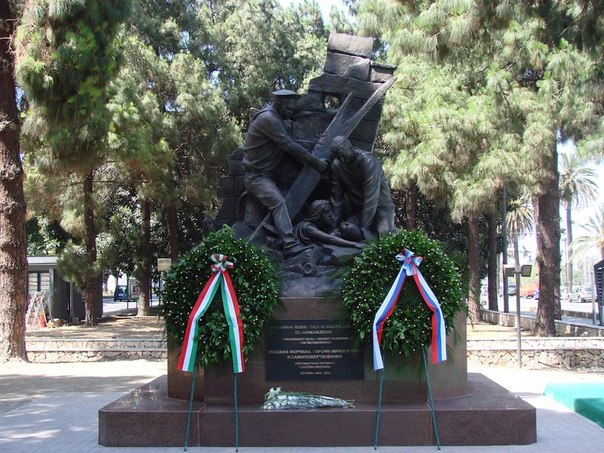The article you are about to read is dedicated to the exhibition of the weaponry from Germany and their accomplices, trophied after their invasion of the USSR on the 22nd of June 1941.
On the 22nd of June 1943, exactly two years after the Nazi Germany invaded the USSR, the central park of Moscow, bearing the name of Maxim Gorky, opened its gates to an extensive exhibition over the trophied armaments of Nazi-Germany and its accomplices. The exhibition lasted until 1948.
The article consists of three parts: first comes the cinematographic essay, filmed in 1943 to give an overview of the exhibition, then a short note with the documents from Moscow City Archive, and finally, a portion of a historiographic work, dedicated to the exhibition.
Only one thought to add – the tradition that started during the Great Patriotic War of 1941-1945 has now seen a rebirth during the present-day Patriotic War, with the exhibition of the weaponry of the Nazi Germany’s successor being displayed on the Poklonnaya Mountain in Moscow from the 1st of May 2024.
We publish about the trophy exhibition, past and present, at our Telegram channel “Beorn And The Shieldmaiden”, for example in this and this post.
Let’s go!
Trophies of the Great Battles
A short cinematographic essay, filmed in colour, presented the visible testimony over the ongoing victories on the battlefield over the invading horde.
The essay is full of jabs and snide remarks, mixed with facts and figures – just the way we like to watch the parallel present-day events unfold now, 80 years later.
Visible evidence of our victories: The Moscow Main Archive tells about the exhibition of captured German weapons
23.04.2020
The Main Archive of the capital contains documents documenting the creation of an exhibition of samples of weapons and military equipment trophied by the Red Army in battles with Nazi troops and their allies. The exposition was opened on June 22, 1943 and operated until 1948.
The decision to create an exhibition pavilion “Trophies of War” on the territory of Gorky Park was made back in December 1941, when the successful counteroffensive of Soviet troops near Moscow provided residents of the capital with exhibits of the most diverse kind. In 1942, the exhibition pavilion began to operate. However, it was located deep inside the territory of the park, near the border with the Neskuchny Garden, and did not attract mass attention. A more impressive demonstration of our combat achievements was needed.
Continue reading


